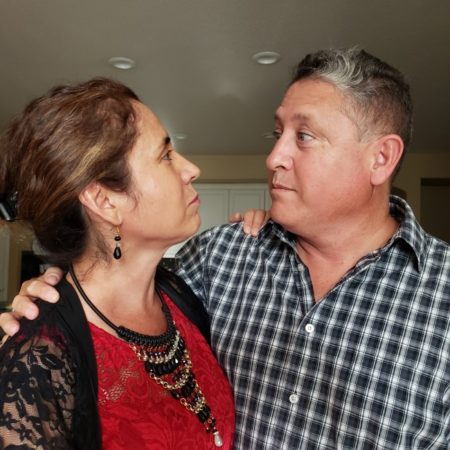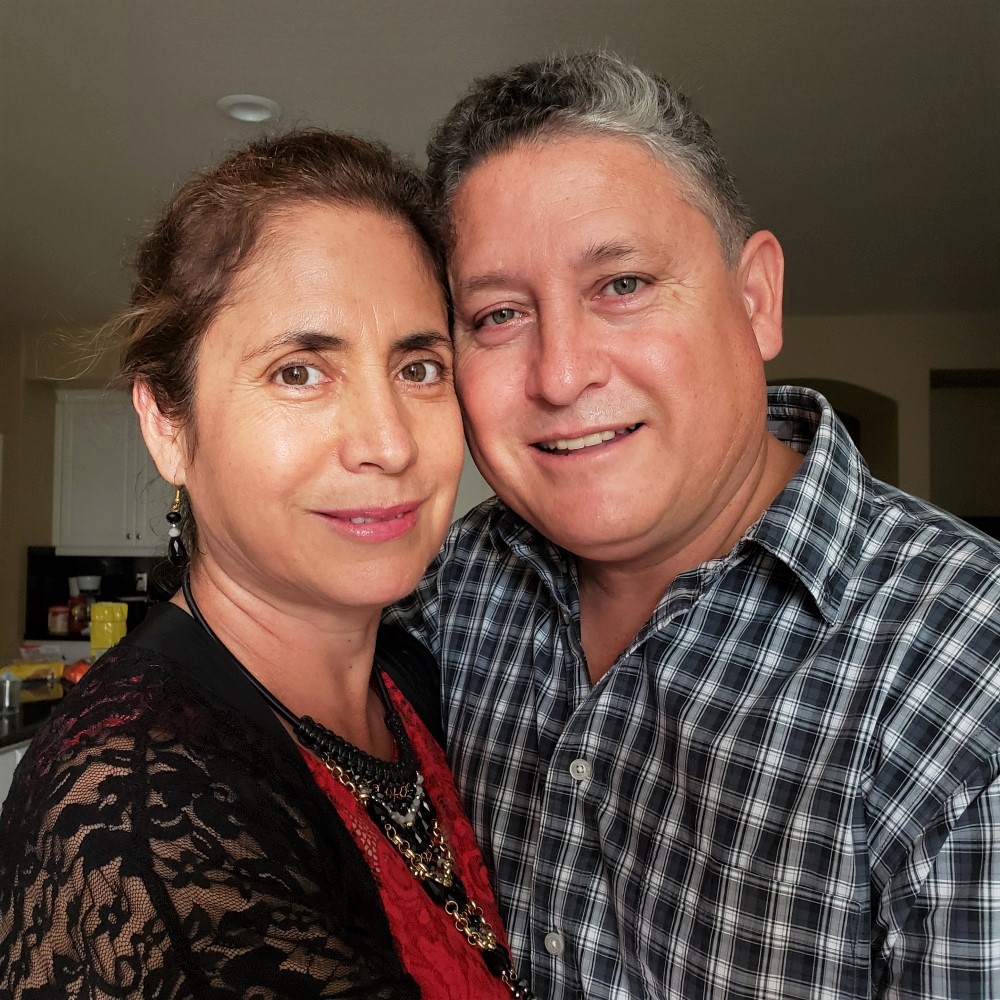Soon, the New Year will be here. While the change between midnight December 31 and 12:01AM, January 1 is often negligible, we humans enjoy celebrating. The psychological break in time; especially, after 2020, gives us an opportunity to make a change. Start with a small step. Any step will do!
I propose practicing positive presenting.
It will make a major difference in your life!
Begin by being aware of what you want and like.
So often we talk about what we don’t want or like. Instead, let’s focus and say what we want. Visualize words that embrace—words that move you toward the direction you want to go.
Positive-inclusive language helps build and strengthen relationships.
The following is a revised and updated version of a piece I wrote in December 2012, entitled: The Power of Inclusive Language
The Power of Inclusive Language
Positive inclusive language will uplift.

How many times have you heard the following?
- “No problem.”
- “Not bad.”
How do you feel when you thank a server for excellent service and you hear, “No problem”? You may not have noticed it, but you will, now.
“No problem” is a problem.
When I say, “Thank you, for your excellent service,” I expect a smile and a similar uplifting remark. Instead when I hear, “No problem,” I feel our conversational balloon of pleasantries has deflated.
When you take time to create a delectable treat and someone responds with, “Not bad,” how do you feel?
Unfortunately, this negativity is built into the English language. English offers few words to express the in-betweens or shades of gray.
Bi-Polar English Language
It’s either “Yes” or “No,” black or white, or a choice between two options.
“Do you want to eat ____?”
“Do you want this or that?”
Why do we lean toward what we don’t want?
Consider the following dialogue:
“Hey, let’s go on a hike along the forest trail.”
“No, I don’t want to go there.”
“Okay, how about to the city park?”
“Nope, not in the mood for that.”
When you try to coordinate plans with someone, who doesn’t know what s/he wants to do, you’re left guessing. Eventually, nothing happens.
Say What You Want
“Hey, what are you in the mood for?”
Instead of “I dunno,” say what you want.
“I’m in the mood for a hike along the foothills.”
 We make it easier to relate with another.
We make it easier to relate with another.
In the 1990s, Dr. Mitchell Perry distinguished between INCLUSIVE and EXCLUSIVE language.
Perry’s work gave us a framework to learn how to bring the spirit of togetherness among people by framing our language to INCLUDE what we mean instead of talking about what we don’t want with exclusive language.
Like any skill, breaking the negative-exclusive language habit will take practice.
2 Tips to Break the Negative-Language Habit
- Stop. Listen. Really pay attention.
Hear how often people use language that skews negative.
Be aware, to communicate more inclusively. - Instead of saying what is NOT, say what IS.
For example, instead of, “It’s not bad,” focus on what’s good. “I like… ”
On the flip side, next time you hear someone say, “It’s NOT bad,” ask, “Bad? You mean it’s not good?” Usually, the person will hesitate, “Uhh, weeellll, Nooo, I mean… “
One Way to Ease into Positive Language
Imagine a situation where you tend to naturally transform your negative-language into positive inclusive language. Talking to a baby. Dinner date with a person you really like. A new job. Wooing a potential client.
How do you listen? How do you express yourself?
You listen with an open and welcoming mind. Your words express us and togetherness. Your goal is to grow this new relationship. Your words include. “Yes, I enjoy Pinot Noir, too.” If your words negate, it’s only to agree with your companion. “I agree with you, our server must be having a bad day.”
We naturally use INCLUSIVE and positive language when we’re in new situations that offer hope for a better future.
Positive inclusive language helps build and strengthen relationships.
When we use positive language that includes—answering with what we want instead of what we don’t want—our words have the power to heal, bring together, and to strengthen.
Judging people
We are quick to judge people. There are times when we don’t really know why we feel the way we do. Using positive-inclusive language to uplift makes everyone feel good. We enjoy spending time with these folks who help keep the conversational spark alive.
Give the gift of positive language by sharing this article with those who matter in your life.








